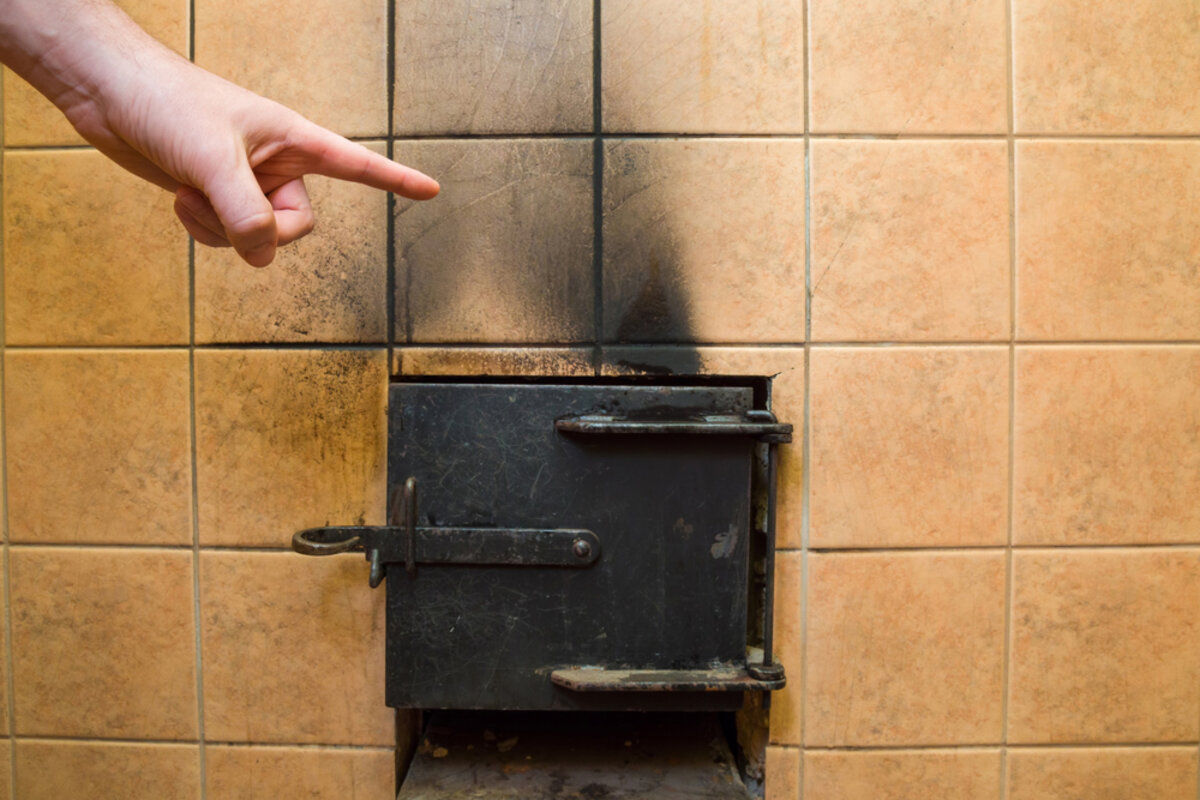Water damage occurring through flooding or storms can be hard to notice, especially if the water has already seeped into the walls or other such concrete objects. However, you have many signs that tell you that your walls have suffered water damage.
So, you might need to contact a professional water damage repair service such as Water Damage Near Me. However, you can also do it yourself.
How to Know if You Have Water-Damaged Walls?
Water-damaged walls can be hard to notice, primarily since they work from the inside out, and water seeps through from behind the wall. Also, sometimes, water can leak from the middle of the wall out into the front. So, when doing the repairs, you must be aware of the source or cause of the leakage. That is, you must know where water is leaking.
A few common signs that you may have water-damaged walls include bubbling, staining, or sagging in and around the area. So, check for any leakages or water-damaged walls or surfaces, especially if you notice these signs.
How to Address Water-Damaged Walls?
After identifying the cause or source of the leakage or damage, you can proceed to resolve the issue by taking a few measures, including:
- Clean the area thoroughly.
- Scrape the flakings.
- Cover the affected area using a peel-stop.
- Apply filler.
- Apply water-based primer to the affected surface.
- Repaint the surface.

Clean the Area
As a first measure, you must clean the affected area thoroughly before working on it. Use a suitable soap or another cleansing agent and a clean and damp cloth, and give the affected area a good wipe. Also, don’t forget to allow it to dry.
Scraping and Flaking
When your wall gets damaged due to a storm or flooding, bubbles can form on the surface. So, remove all the bubbles using a scraper, and smoothen the surface out.


Cover the Affected Area with a Peel-Stop
After removing the bubbles, cover the area with a peel-stop. A peel-stop acts like glue, permeating the porous surface and preventing the water from seeping back. So, a peel-stop solidifies the porous area and stops water from leaking back into it.
Apply the Filler
So, now that the surface is dry, you can apply the filler and make the area smooth and ready for painting. After applying the filler, leave it for at least a day so that it dries completely.


Sand the Surface
Once the filler dries, sand the surface to become smooth and ready for painting.
Applying the Water-based Primer
In this step, you must prep the surface for repainting by applying the water-based primer to it. Now, although water-based primers mostly find uses for gyprock surfaces, you can still use them for the interiors.


Repainting the Surface
So, now that the surface is clean, dry, and free from any further damage, you can repaint it using a suitable water-based enamel of any color.
Conclusion
When you have water-damaged walls, you must first get help from professionals such as Water Damage Near Me and have them assess and resolve the issue. Experts such as Water Damage Near Me will have the necessary tools and skills to handle the situation. However, follow the above steps to get good results if you want to do it yourself.


















